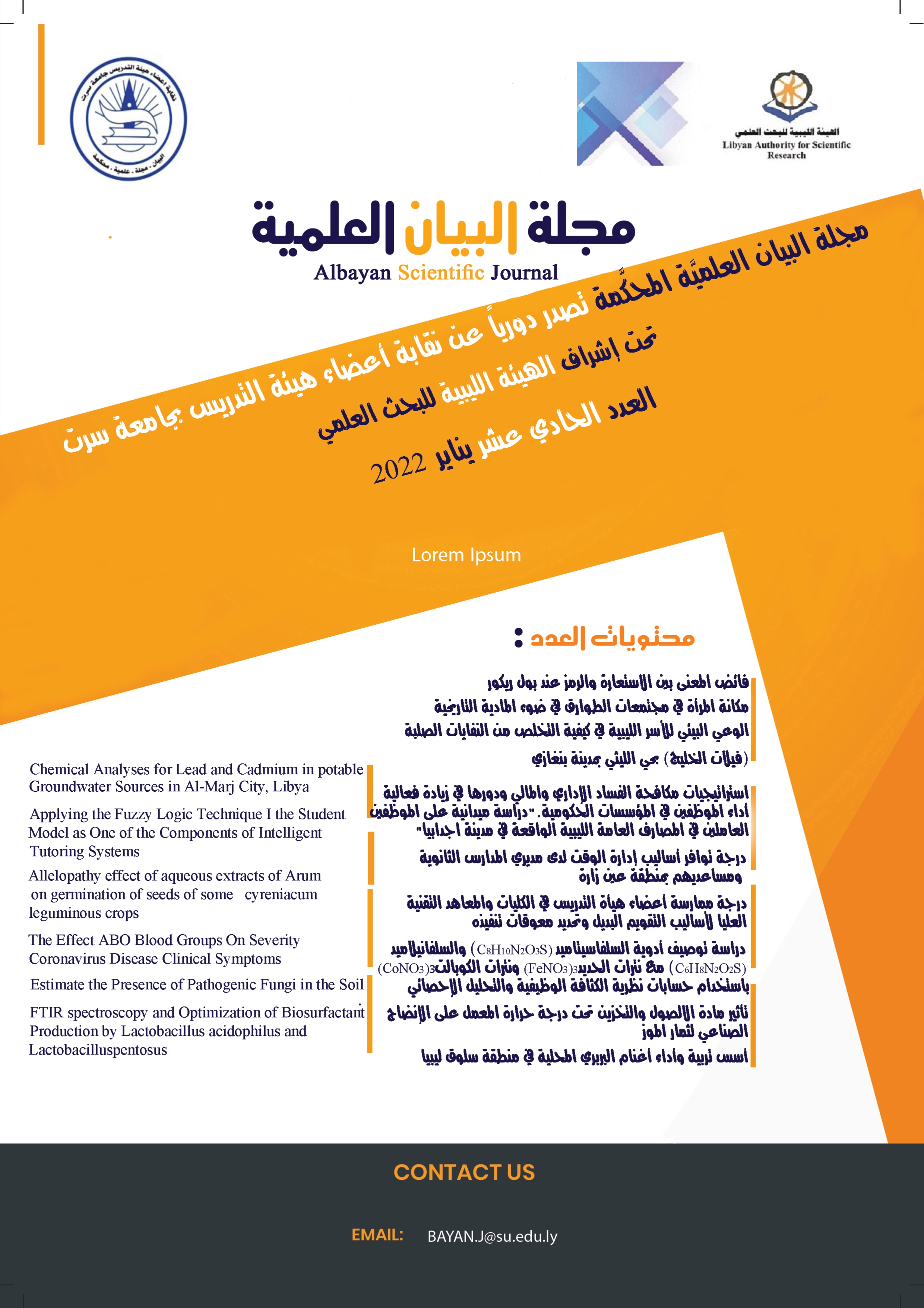The Natural Regeneration of Pinus halepensis MillinKarssa Region, Al Jabal Al Akhdar
Keywords:
Component, Formatting, Aleppo pine, Pinus halepensis Mill, Karssa regionAbstract
The Purpose of this study is to know the ability of thePinus halepensis Millon Natural regeneration and the decrease production effect on its geographical location extended from west of Karssa to Al Aslab area west of Ras Al Helal which is the headquarter of Pinus halepensis Mill. Four locations were chosen and every single location was divided into two blocks A& B and with a size of 500m2. P.hablepensis trees were counted, plants in each sector, their crown's cover, plants' cover which are existed in the same block. Moreover, we counted the new plants every year and the approximate number for new plants in acre every year. One of our results has shown that the most noticeable and high increasing number for the new plants of Pinus halepensis Millis located in location 2 block B in north of Al Dabosiya's spring as we found 60 seedling every year. In addition there are other locations show no result of having new plant such in location 3 (areas located from Al Aslab to West of Ras Alhelal).
The study has shown the negative effect of the firing onPinus halepensis Milland the humanitarian activities of tree cutting, animal raising in these areas which are reducing from its ability to grow normally and that will cause its shortage of producing seeds.













